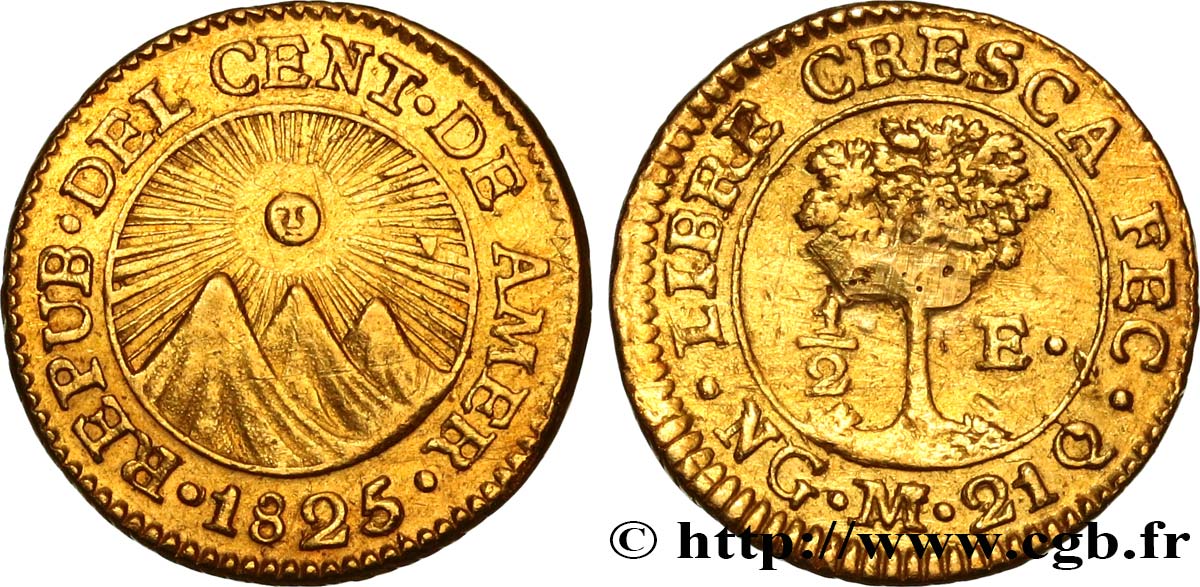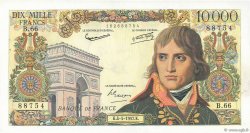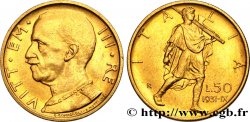Live auction - fwo_500321 - GUATEMALA - REPUBLIC OF CENTRAL AMERICA 1/2 Escudo 1825 Guatemala
You must signin and be an approved bidder to bid, LOGIN TO BID. Accounts are subject to approval and the approval process takes place within 48 hours. Do not wait until the day a sale closes to register. Clicking on "BID" constitutes acceptance of the terms of use of cgb.fr private live auctions.
Bids must be placed in whole Euro amounts only. The sale will start closing at the time stated on the item description; any bids received at the site after the closing time will not be executed. Transmission times may vary and bids could be rejected if you wait until the last second. For further information check the Live auction FAQ
All winning bids are subject to a 18% buyer’s fee.
All winning bids are subject to a 18% buyer’s fee.
| Estimate : | 400 € |
| Price : | 310 € |
| Maximum bid : | 320 € |
| End of the sale : | 30 October 2018 18:03:33 |
| bidders : | 4 bidders |
Type : 1/2 Escudo
Date: 1825
Mint name / Town : Guatemala
Metal : gold
Millesimal fineness : 875 ‰
Diameter : 14,5 mm
Orientation dies : 12 h.
Weight : 1,66 g.
Edge : cordonnée
Rarity : R1
Obverse
Obverse legend : REPUB. DEL CENT. DE AMER/ .1825..
Obverse description : Vue d'un paysage montagneux avec le soleil/ contremarqué d'un lion tourné à gauche.
Obverse translation : (République du centre de l'Amérique).
Reverse
Reverse legend : LIBRE CRESCA FECUNDO/ .NG. M. 21 Q..
Reverse description : Arbre, accosté de 1/2 - E..
Reverse translation : (libre rend fécond).
Commentary
Ce type fut frappé pour l'atelier de San José (Costa Rica) de 1825 à 1849. Il fut aussi fabriqué pour l'atelier de Guatemala city de 1824 à 1826 et en 1843. Ces pièces furent ensuite contremarquées de 1849 à 1857 avec la légende HABILITIDA POR EL GOBIERNO (reconnu par le gouvernement). Pour le demi-escudo, on connaît les millésimes 1828, 1843, et de 1847 à 1849.








 Report a mistake
Report a mistake Print the page
Print the page Share my selection
Share my selection Ask a question
Ask a question Consign / sell
Consign / sell










